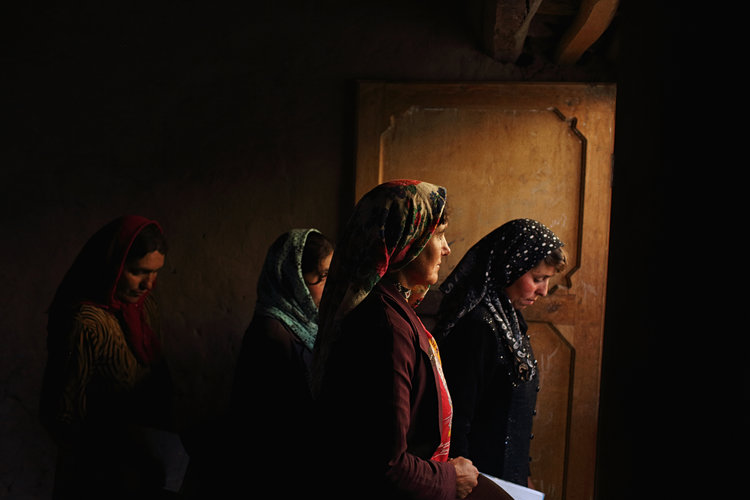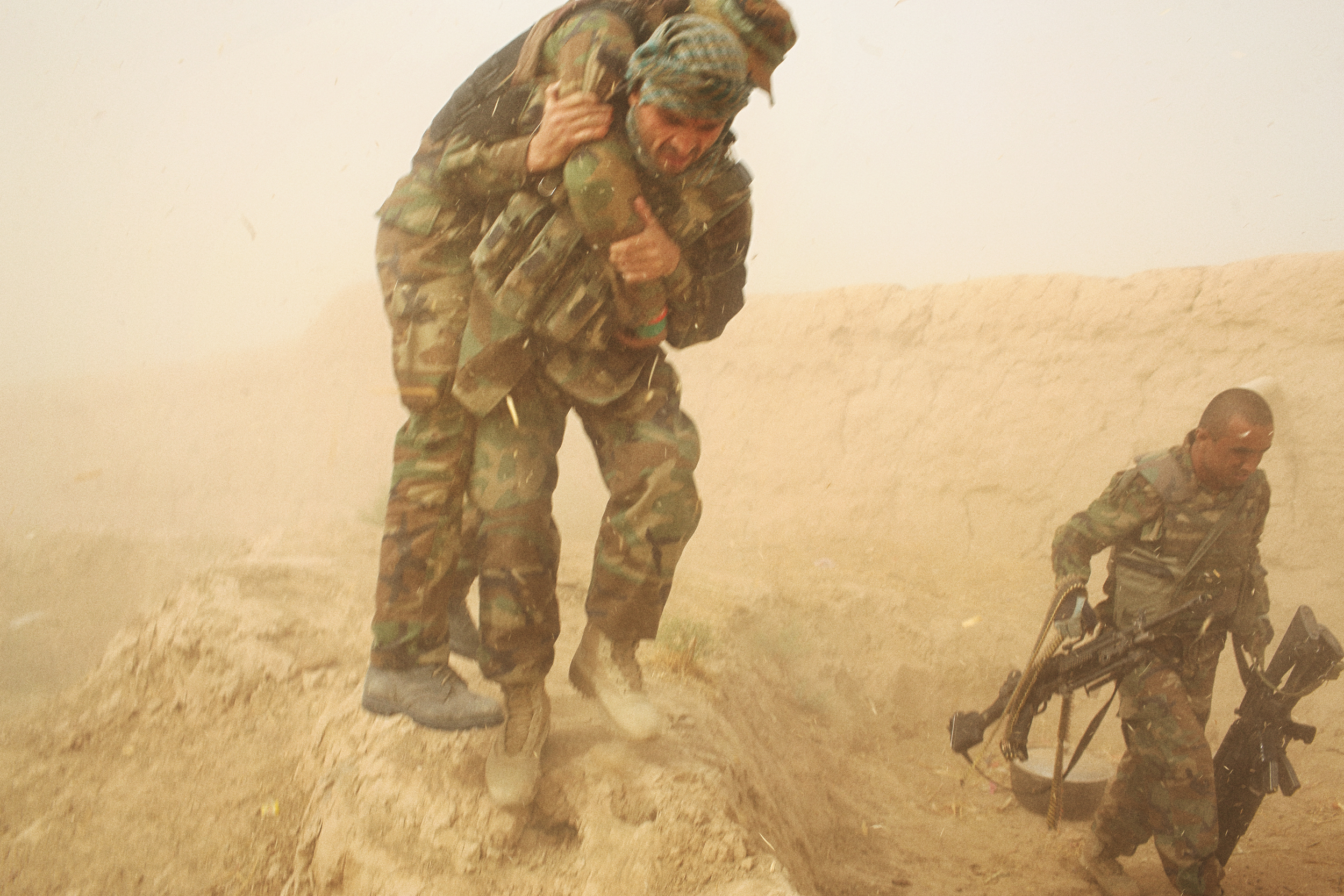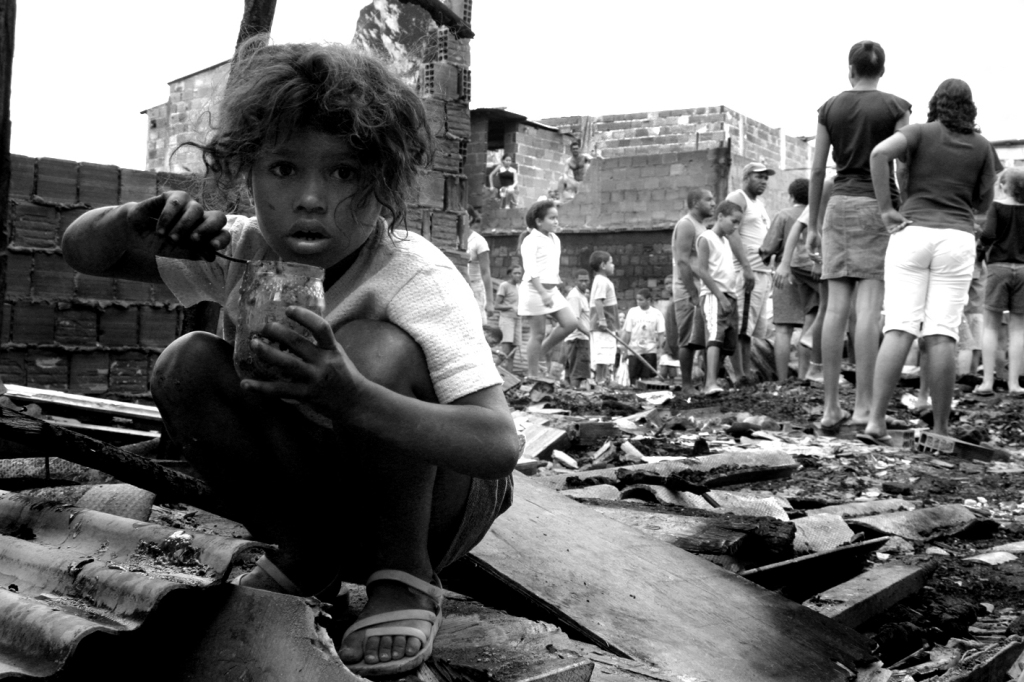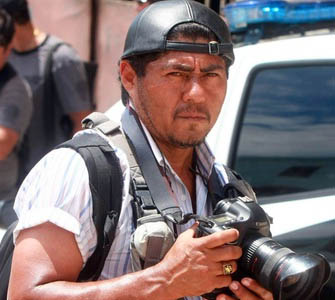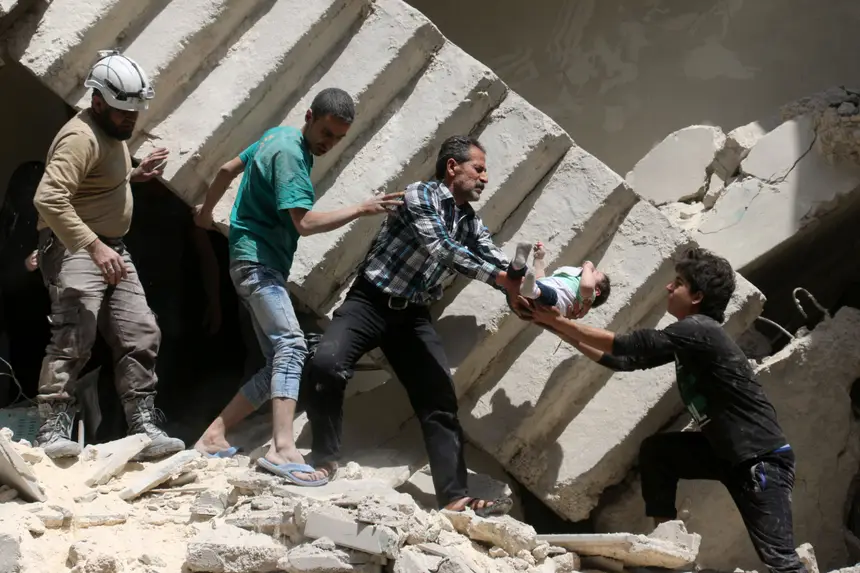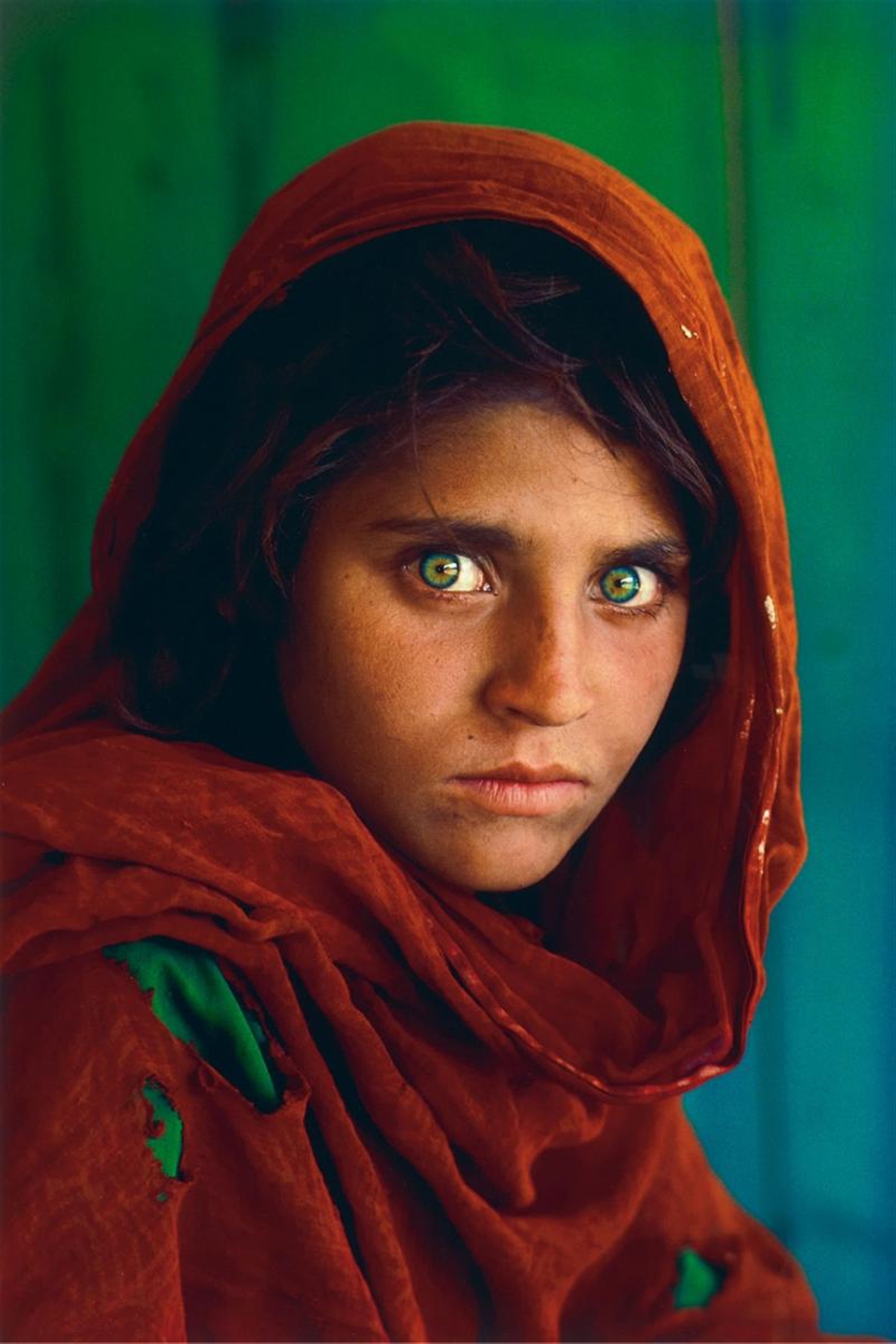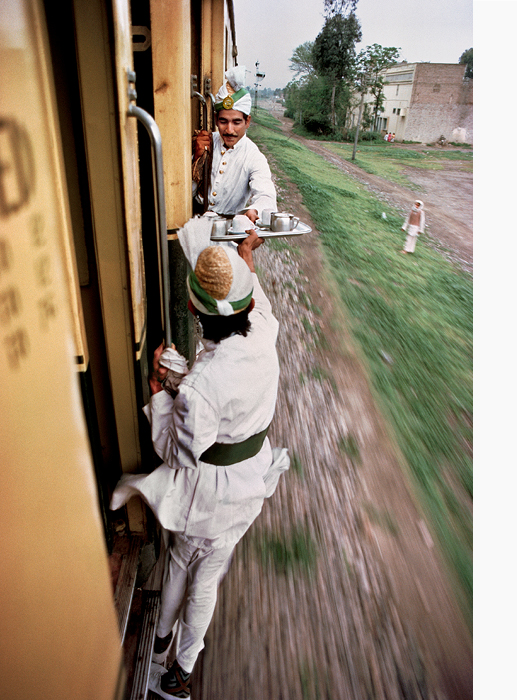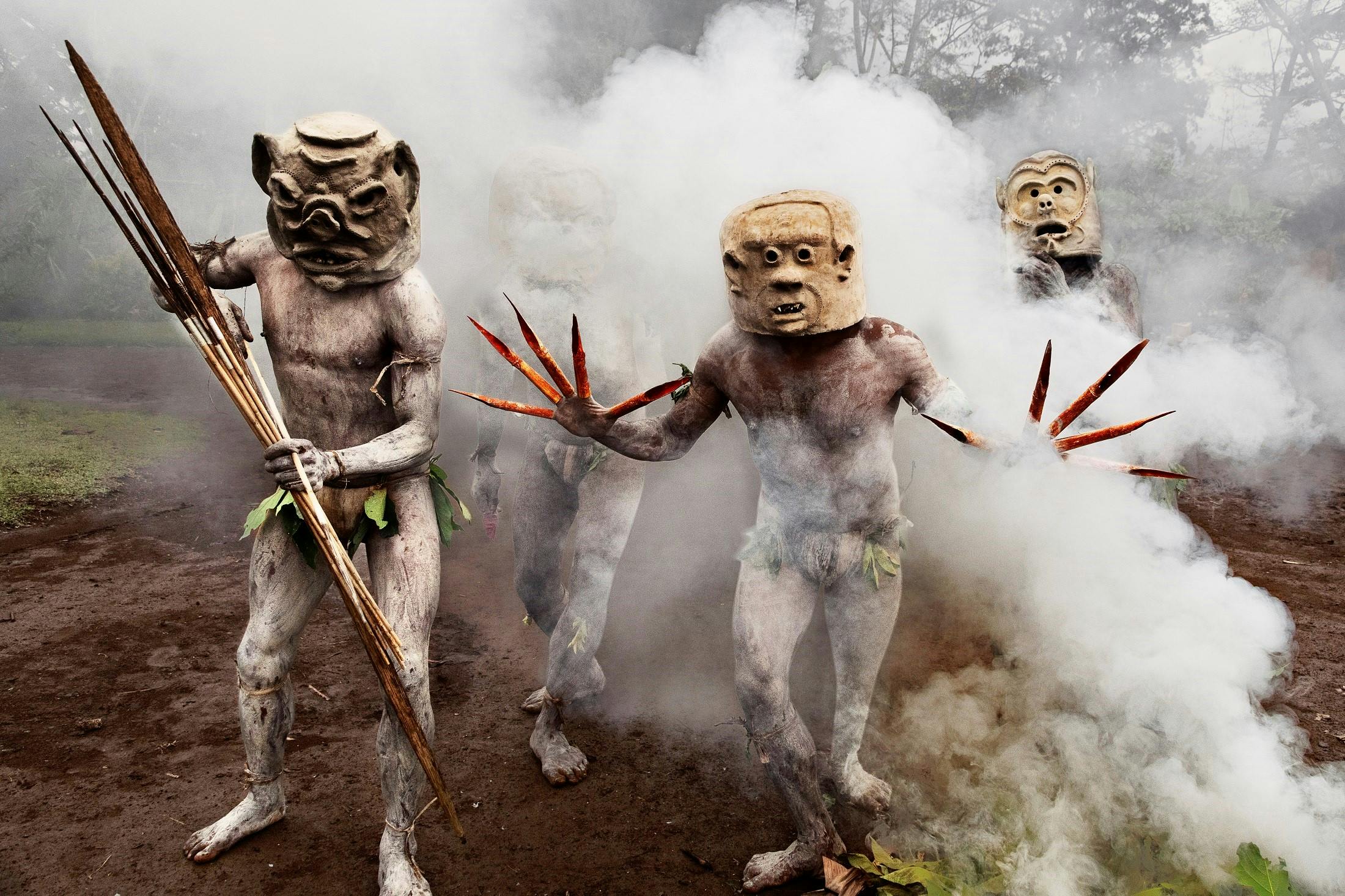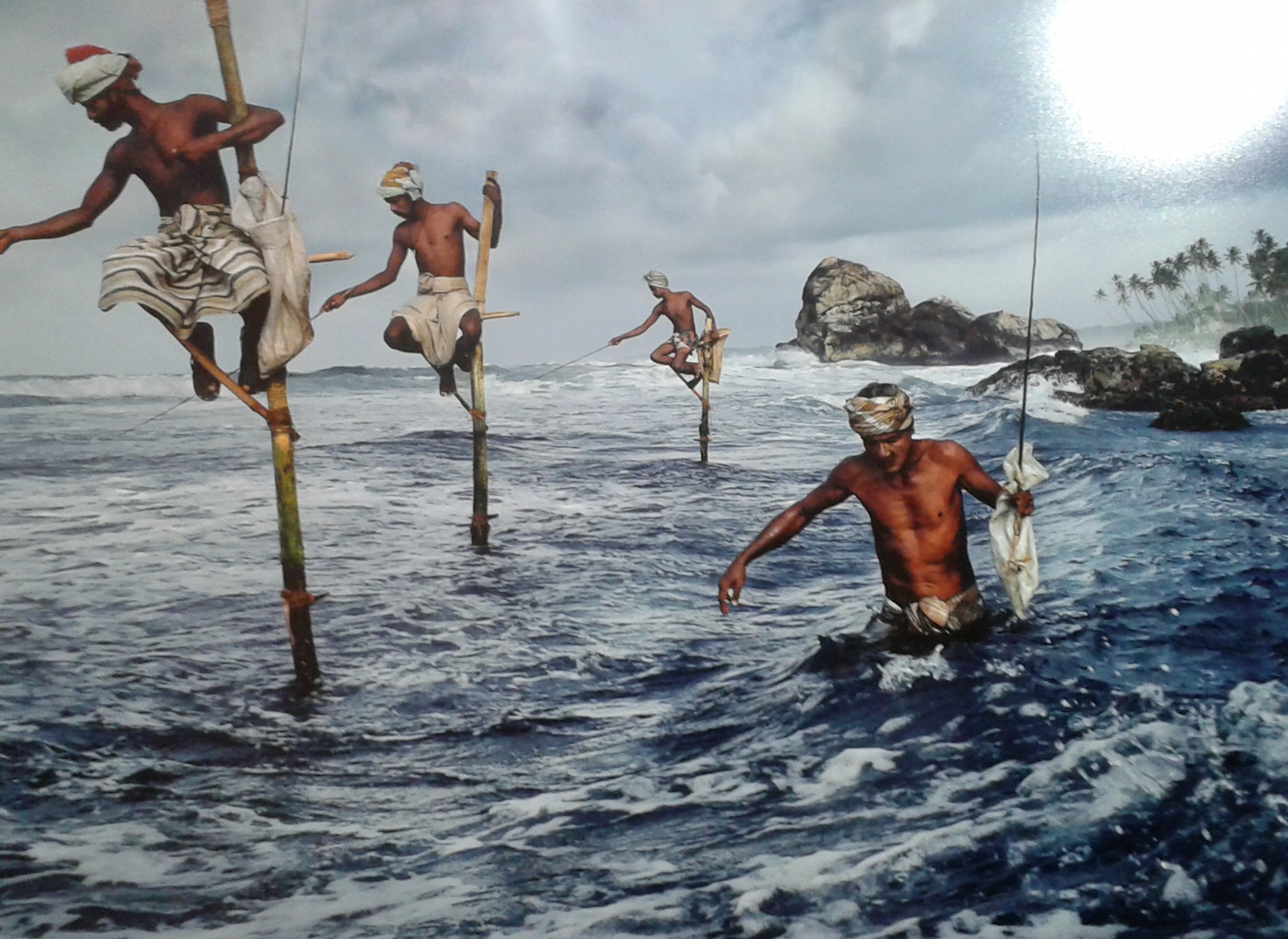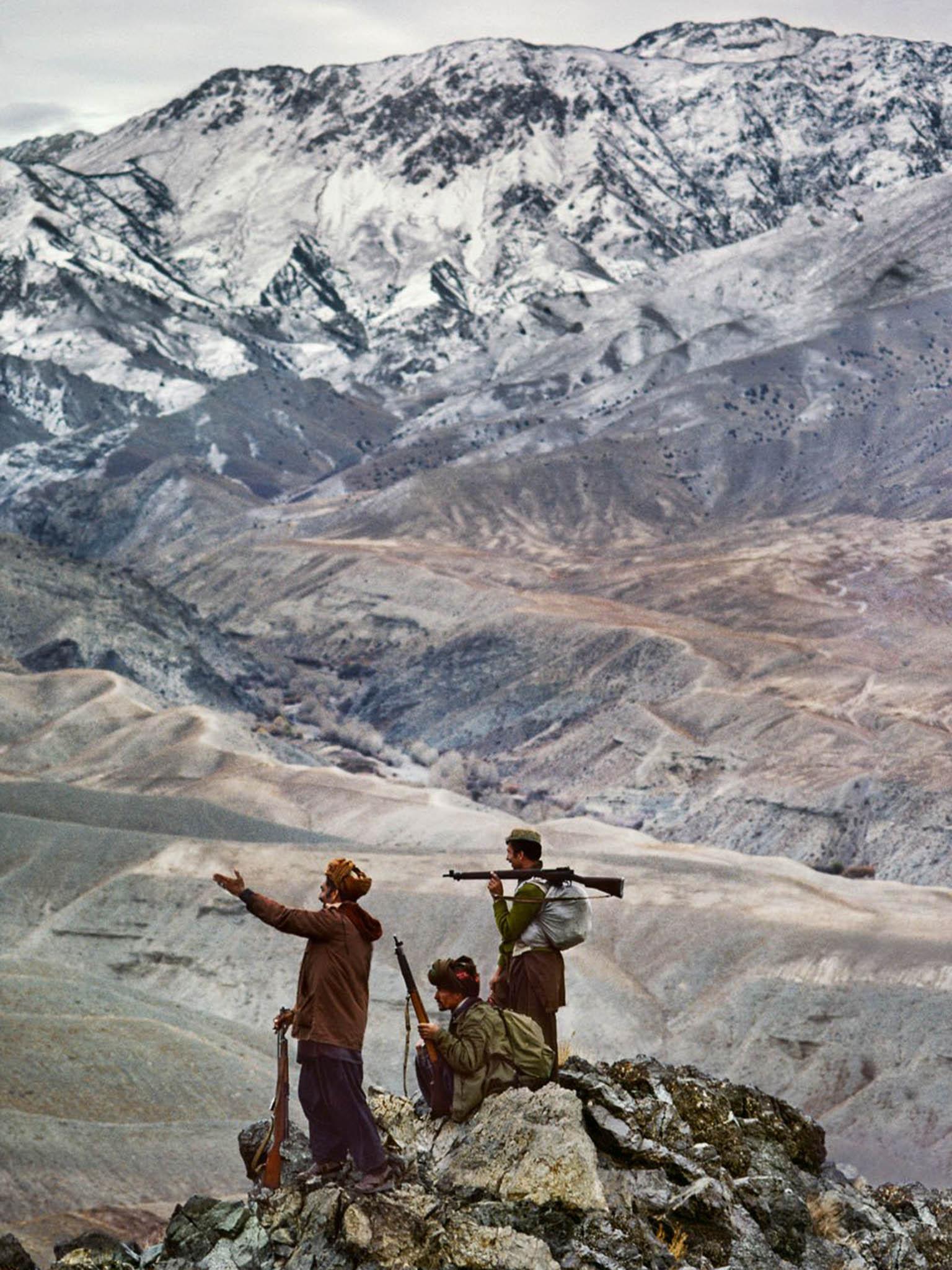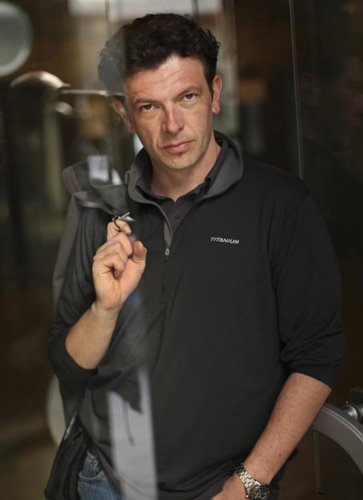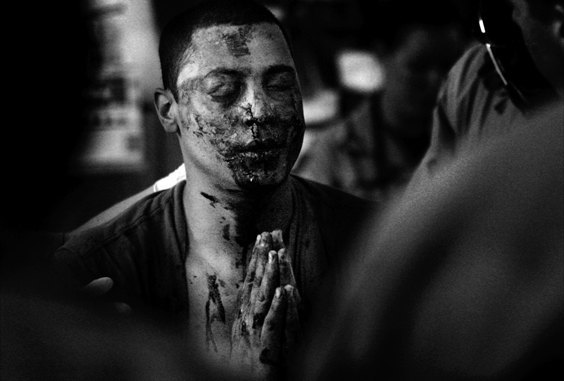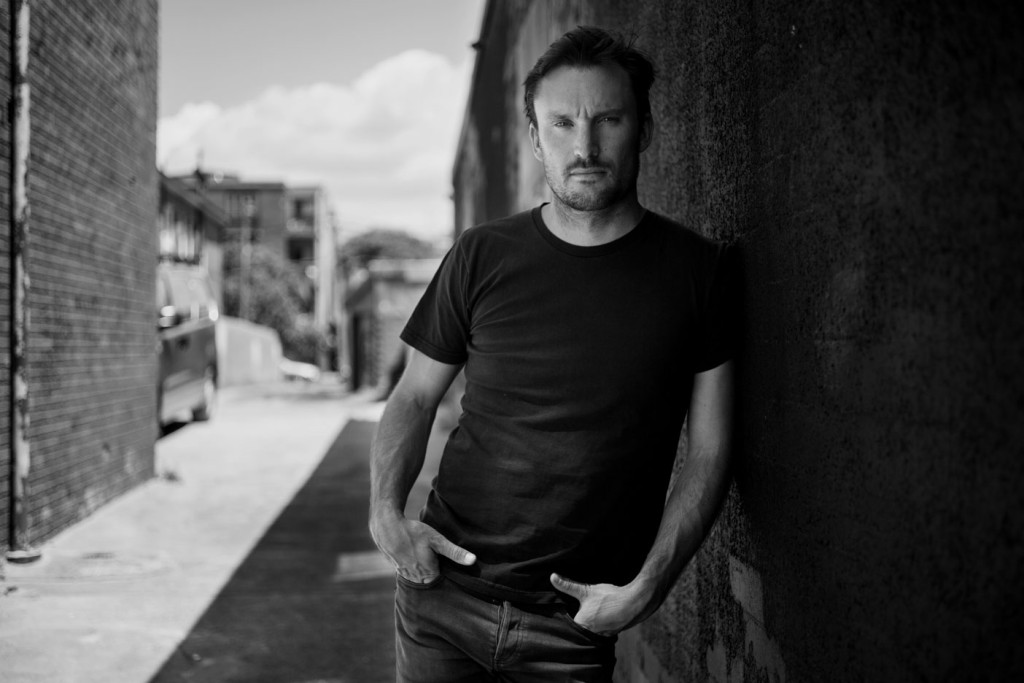
Andrew Quilty’s photography career began in Sydney, in the year 2000, on the day his application to a university photo elective was rejected. He quit, and set off around Australia with a surfboard and a Nikon F3 that his uncle—also a photographer—had passed down.
Fate further intervened a week into the trip when his van was broken into. Everything but his well-hidden camera, and surfboard, which he was riding at the time, was stolen.
30,000KM later, he enrolled in the Sydney Institute of TAFE’s Photography program, finishing at the top of his class in 2004.
He was given an informal internship at Fairfax Media which evolved into full-time employment. There, Quilty found himself surrounded by some of Australia’s most outstanding photographers. They reshaped his worldview and set him on a course that continues to inspire his work today.
He left Fairfax in 2010 and freelanced from Sydney before relocating to New York City in 2012. But it was during a trip to Afghanistan and the Middle East, in 2013, that he first discovered bonafide purpose and fulfilment in his photography.
He has been based in Kabul, Afghanistan ever since.
His work in Afghanistan has been published worldwide and garnered accolades including, in 2019, a World Press Photo, a Picture of the Year International award of excellence in the category of Photographer of the Year (POYI), and prior to that, a George Polk Award, three POYI awards, a Sony World Photography award and six Walkley Awards, including the Gold Walkley, the highest honour in Australian journalism. In 2016, a selection of his work from Afghanistan was exhibited at the Visa pour L’Image Festival of Photojournalism in Perpignan, France.
He has travelled to two thirds of Afghanistan’s 34 provinces and continues to document the country through pictures and, increasingly, the written word.
He doesn’t usually refer to himself in the third person.




